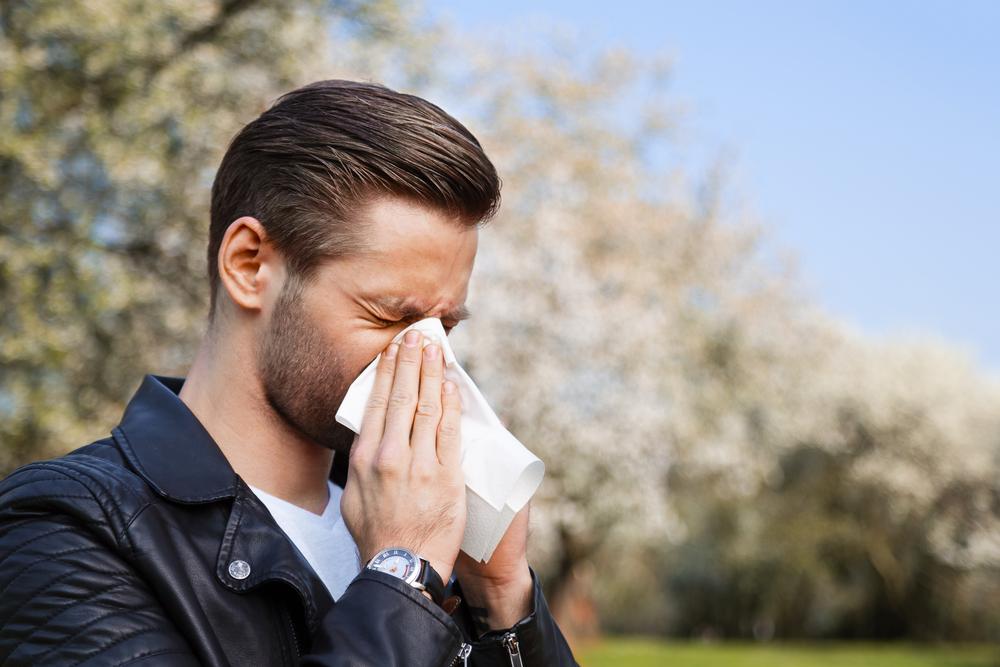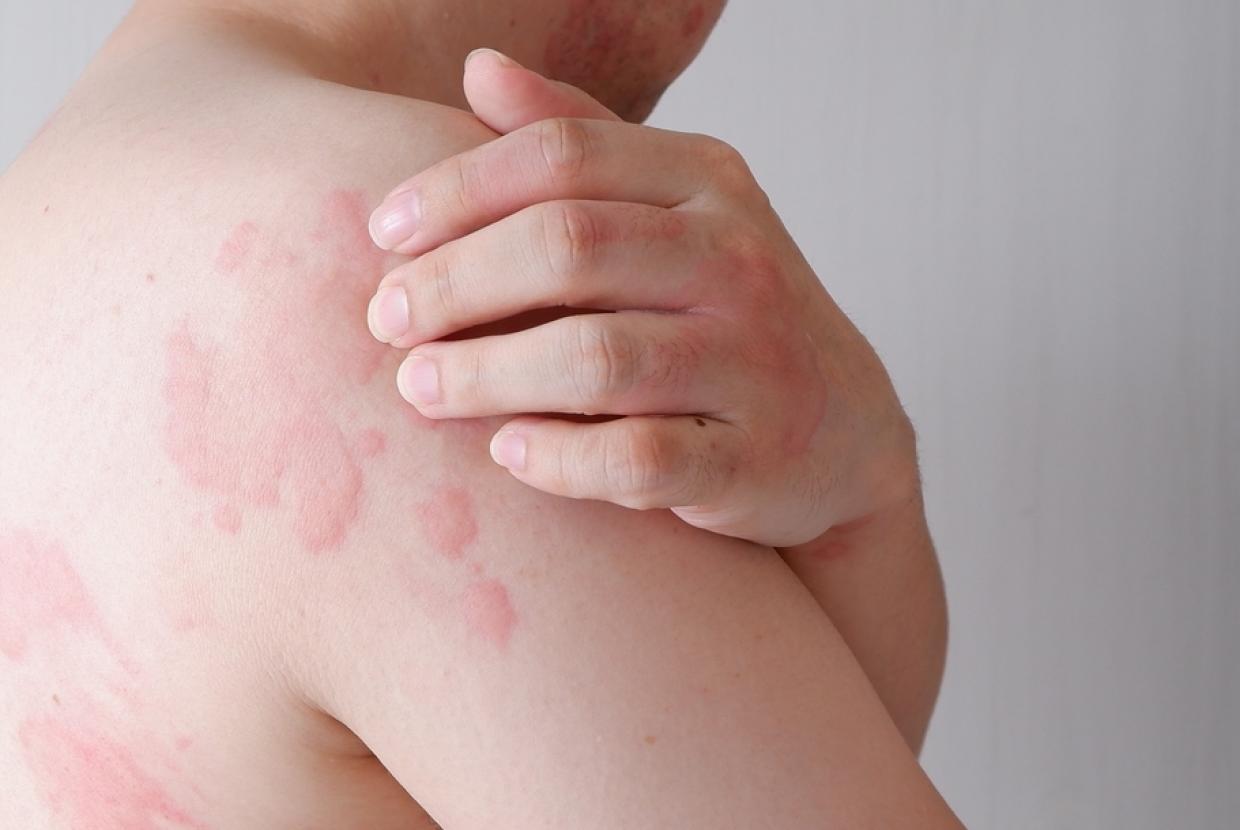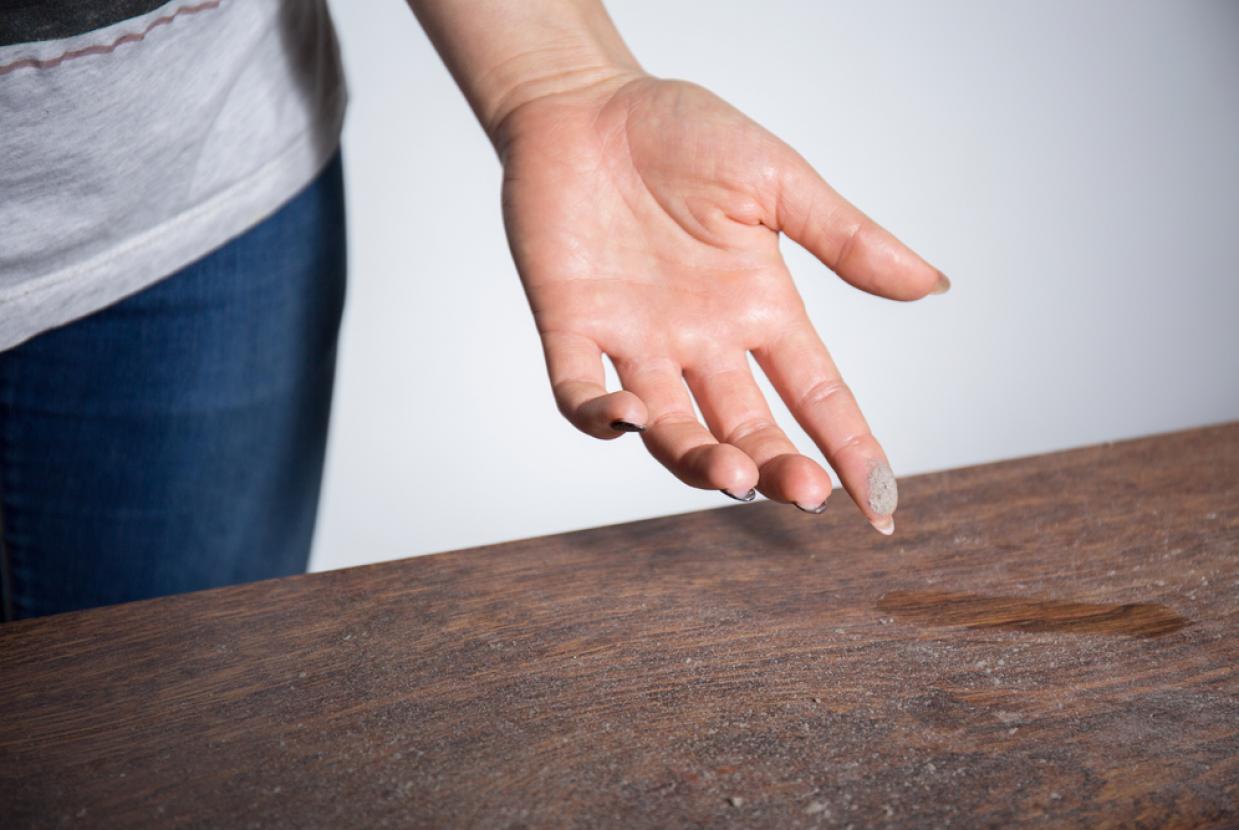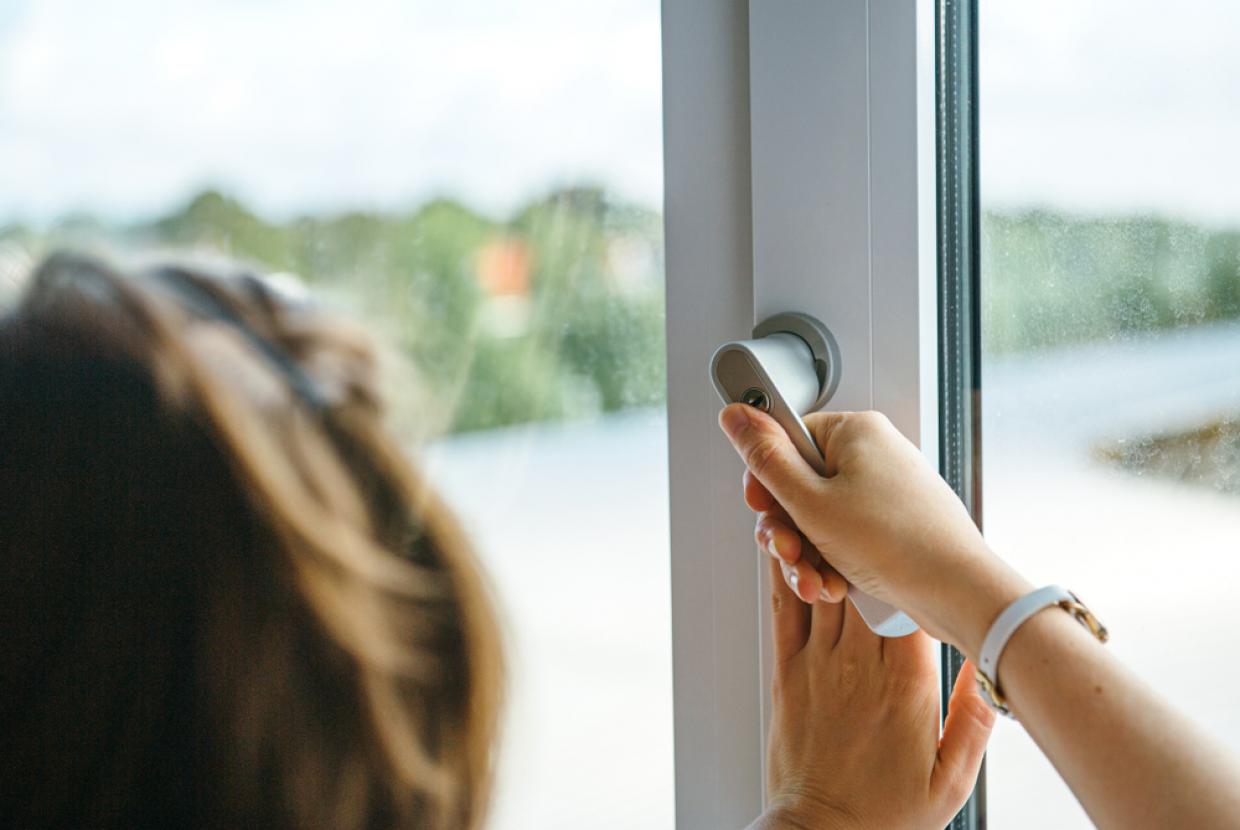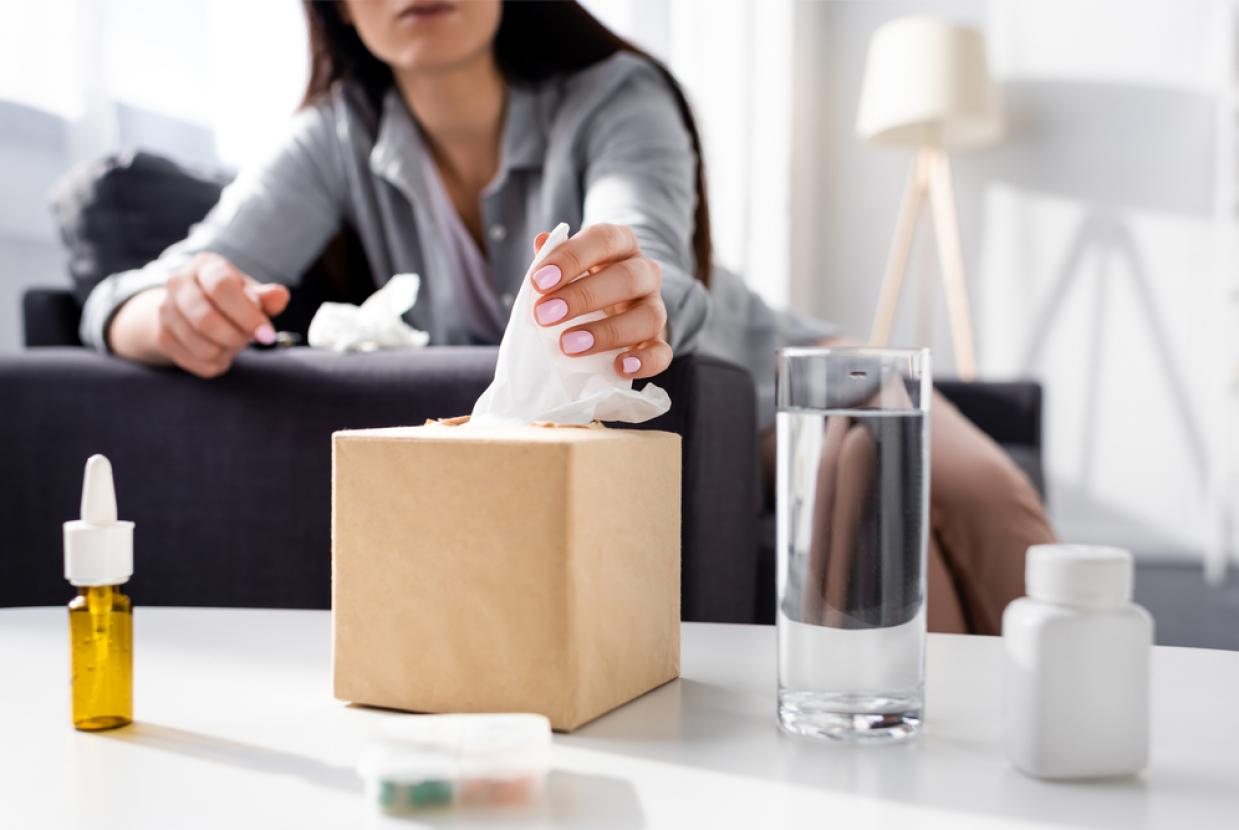Improving Your Indoor Air Quality
Allergies and AsthmaGood indoor air quality is crucial for human health and particularly important for vulnerable groups i.e. babies, children, the elderly, as well as people living with respiratory and allergic diseases.
Modern life in developed countries results in people spending up to 90% of life indoors: at home, school, office, restaurants.1 Around 2,000,000 healthy life years are lost every year due to exposure to poor indoor air quality,2 and a minimum of 99,000 deaths per year may be attributed to indoor air pollution in the EU.3 Indoor air levels of many pollutants may be 2-10 times higher than outdoor levels. It’s vital that we consider the impact of indoor air quality on our lives and make changes to improve indoor air quality.
How does air quality affect people with allergies?
Symptoms of allergy may be exacerbated by poor indoor air quality. For people living with allergy, the main concerns are the impact of poor ventilation and high humidity on house dust mites and mould growth, increased airborne contaminants caused by products used around the home (such as for DIY, building, furnishing and cleaning) and allergens from animals and plants in the home.
Allergens such as mould spores, house dust mites and pet dander are commonplace indoors, causing severe symptoms for those who react to these specific allergens with nasal and/or respiratory symptoms including asthma, as well as with skin conditions such as eczema.
People with perennial allergic rhinitis who react to these indoor allergens can experience hay fever like symptoms all year around.
As common symptoms of an indoor allergy are a runny nose and sneezing, people confuse allergic symptoms with a cold or flu and therefore don’t treat the cause of the problem. People who develop allergies may be likely to develop reactions to other allergens over time. For those with allergic asthma, allergens within an indoor environment can exacerbate their condition.
What you can do to reduce your exposure to indoor allergens
You can improve indoor air quality and reduce your exposure to indoor allergens, both in the air and furnishings in the home, by taking the following steps:
House dust mite allergen
- Wash bedding regularly at 60oC and above to kill house dust mites.
- Enclose your mattress, pillows and duvet with zipped allergen barrier covers
- Hang your duvet over a chair daily to air the sheet and mattress on your bed as house dust mites do not like light and fresh air
- Steam clean carpets and mattresses using high temperature steam (high temperature steam leaves things dry rather than wet)
- House dust mites need moisture, so ventilation will reduce humidity: opening windows, particularly in the bedroom, will ensure good air flow, or having a heat recovery ventilation system throughout the home
- Soft toys should be washed with fragrance free washing powder/liquid suitable for sensitive skin at over 60 degrees, or put in the freezer overnight. Once washed and dried store in a plastic bag out of reach of children. With a favourite toy, make sure that it is washed as above on a weekly basis to avoid the house dust mite building up
- If replacing a suite opt for leather as it is less hospitable to house dust mites.
Mould allergen
- Ventilate throughout the house including opening air vents, as moulds flourish in humid/damp environments
- Thoroughly clean your kitchen, bathroom and utility room (these are favourite places for mould due to the steam and humidity of cooking and bathing), and then ventilate these areas, remembering that mould may build up behind units and appliances and so may not be immediately visible
- Dry the rubber seal around the washing machine drum, the detergent drawer and the door, leave them ajar to air and help prevent moulds developing
- Open windows and close kitchen and bathroom doors when cooking, showering and bathing to prevent steam entering other rooms
- Don’t hang wet clothes to dry indoors or over radiators
- Clean mould from window frames and wipe dry condensation
- If you like plants in the house, cover the soil in the plant pot with pea-shingle as this will stop mould settling and forming
- In kitchens and bathrooms, use water resistant grouting for tiled areas. Make sure that the grouting of the tiles is flush with the work surface to eliminate any chances of mould
- Use a tumble dryer if clothes cannot be aired outside.
Pet allergen
- Reduce the amount of pet dander becoming airborne in the indoor environment by using the following methods:
- Damp dust as often as possible to help keep pet dander (as well as other allergens) to a minimum
- Clean carpets using a vacuum with efficient pick up and filtration (see our endorsed products listing for guidance) and wash hard floor surfaces with hot, soapy water
- Regularly wash soft furnishings like duvet covers, curtains, cushions, soft toys and pet bedding on a hot wash cycle
- Keep pets outside if possible and always out of the bedroom
- Do not allow pets to sit or sleep on soft furnishings such as sofas, cushions, or beds Other ways to improve indoor air quality General
- Keep rooms well ventilated
- Running an air purifier continually as per the manufacturer’s instructions can assist in the reduction/removal of airborne allergens such as house dust mite, mould spores, dander, VOC’s and smoke.
Cleaning
- Take care when using chemicals to clean as these can irritate the respiratory system
- When vacuuming it is important to do so with a vacuum cleaner that has efficient pick up and filtration and does not allow any of the allergen to escape from the exhaust. A good guide is if it holds Allergy UK’s Seal of Approval. Products given this endorsement have been independently tested against high protocols in a laboratory to be proven efficient at removing allergens.
- Take care when emptying bagless vacuum cleaners as there is a risk of inhaling house dust mite or pet allergen which could cause allergic symptoms and/ or trigger an asthma attack. Picture frames should be dusted regularly. Damp dusting is particularly good for people who react to dust and/or are asthmatic.
- Avoid using a feather duster when cleaning as this can ‘flick’ dust in the air which will remain airborne for several hours.
When cooking and preparing food
- Open windows to help reduce condensation and to freshen the air of the kitchen when in use
- Keep lids on pans to prevent evaporation entering the room
- Use an extractor fan to remove excess moisture. A ducted extractor is better than a recycled one as it will remove the excess moisture which a recycled one does not. Wallpaper and paintwork
When decorating
- Ventilate the room well and do not sleep in there until all fumes have dispersed
- Dust also sticks to the walls, so make sure wallpaper is non-textured or can be easily wiped.
- Paint is very much recommended for low allergen homes, however solvents within the paint can spark off a reaction so thought has to be given. Remember the higher the VOC content the stronger the odour will be, so use low VOC paint
- Oil-based paints are more likely to cause problems to people with allergy, so water-based paints and varnishes are better for allergic people as they are usually low in odour.
- Some people do react even to water-based paint, but there are allergen-friendly paints on the market from specialist suppliers.













